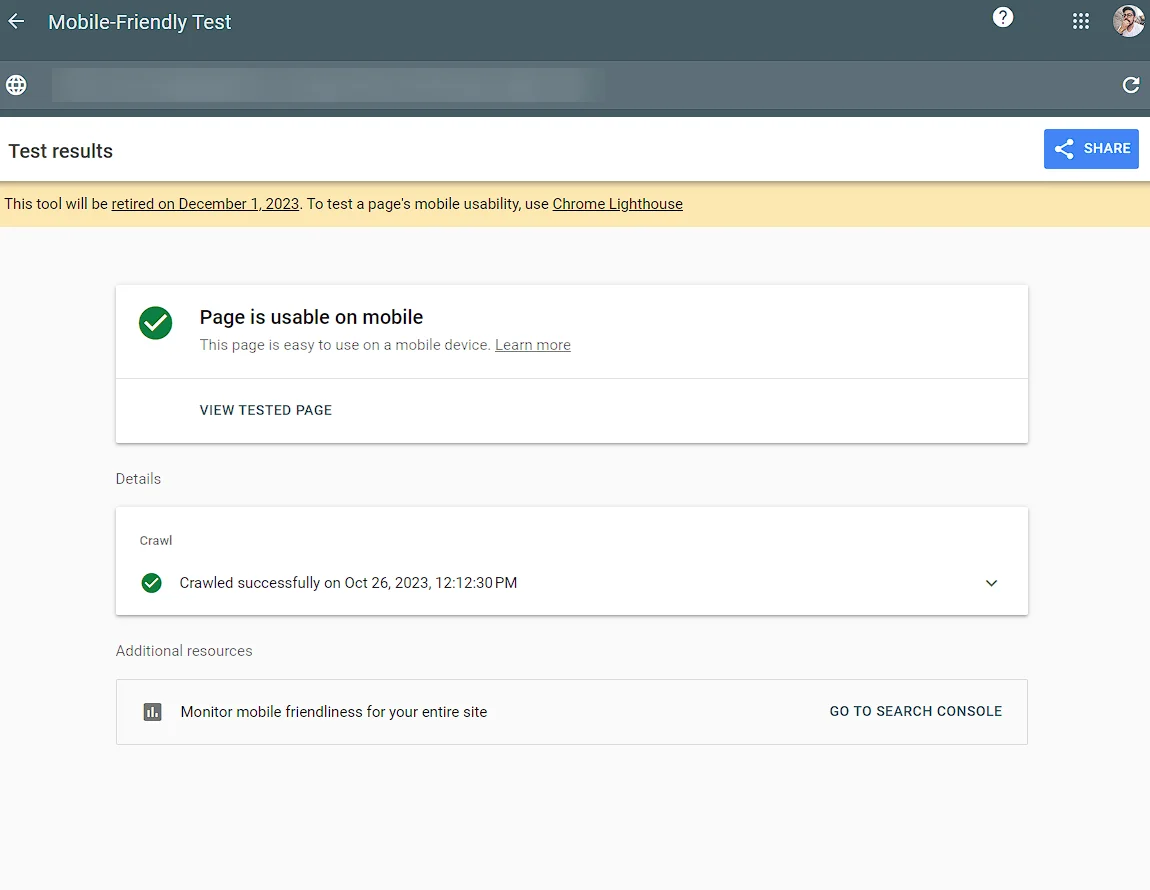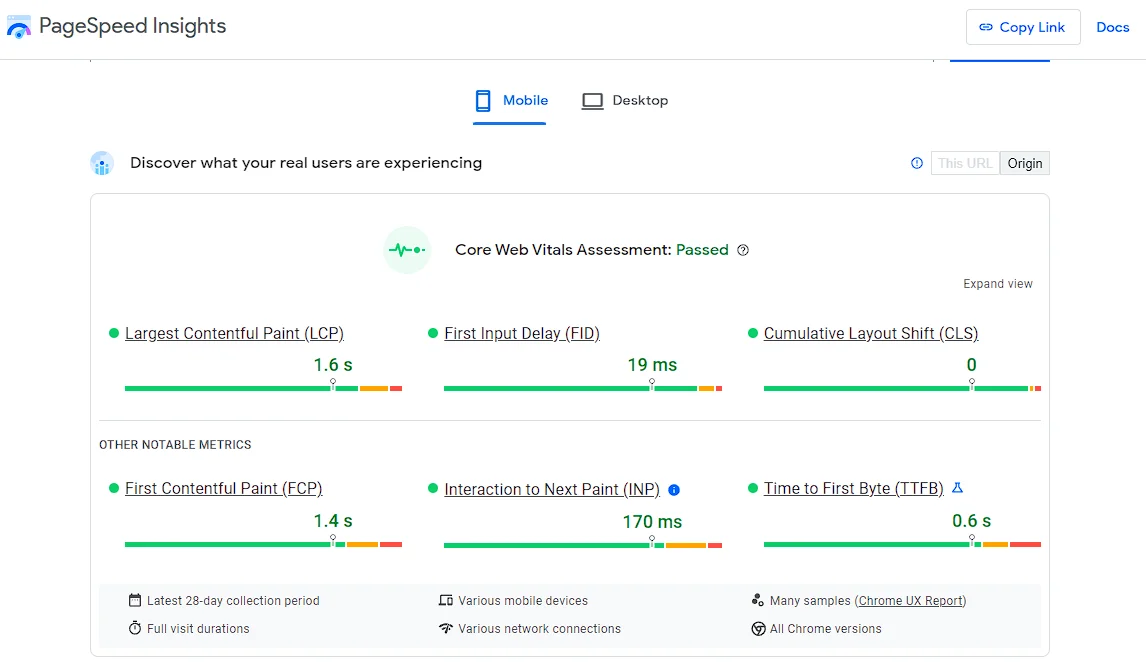Content Optimization Checklist
1. Pick a Target Keyword
Before you start writing content, it is necessary to determine which keyword you will target. In other words, you need to find out which keyword a content is searched for on Google SERP and what the correct keywords are.
Additionally, how much search volume the keyword to choose has is also a very important metric. At this point, you should also evaluate metrics such as the level of competition, the mid-tail, long-tail or short-tail versions of the keyword.
Although there are many tools on the market for keyword research, we can definitely recommend SEMrush for more comprehensive analysis. Also, you can find more mid-tail and long-tail keyword ideas from Keyword Magic Tool in SEMrush.
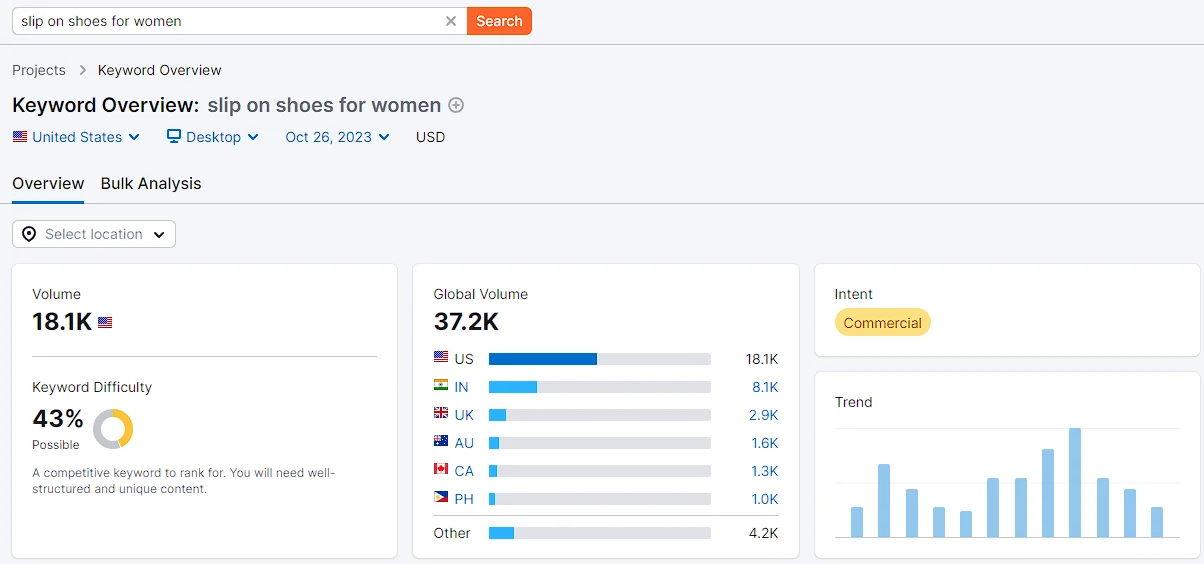
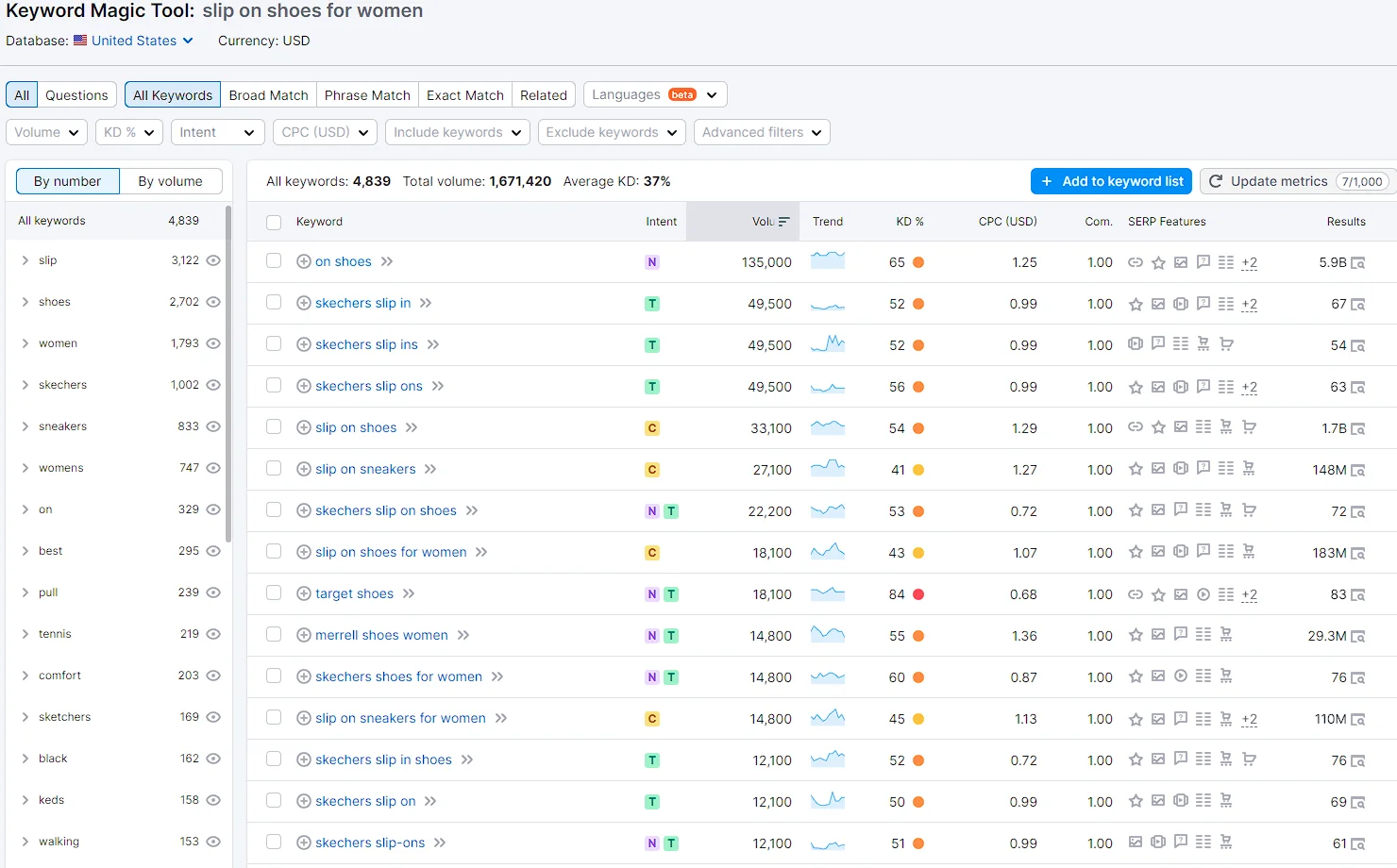
2. Analyze Search Intent
The second important thing is what users hoping to find or what information they’re looking for in their search. So, while doing your keyword research, you should consider search intent which matters for both SEO and users.
Here you can find fundamental search intents:
3. Analyze Competitors
In order to create a TOP 3 great content that will beat competitors, you have to analyze your competitors. We’d recommend to check this list below:
- What is the length of competitor’s content?
- What subheadings/headlines did they use?
- Do competitors use different types of schema markup?
- Do these contents have FAQ?
- Did they add different type of content (e.g. video, infographic, image etc.)
- How did they utilize internal linking to boost this content?
- Did they get backlinks to boost its visibility?
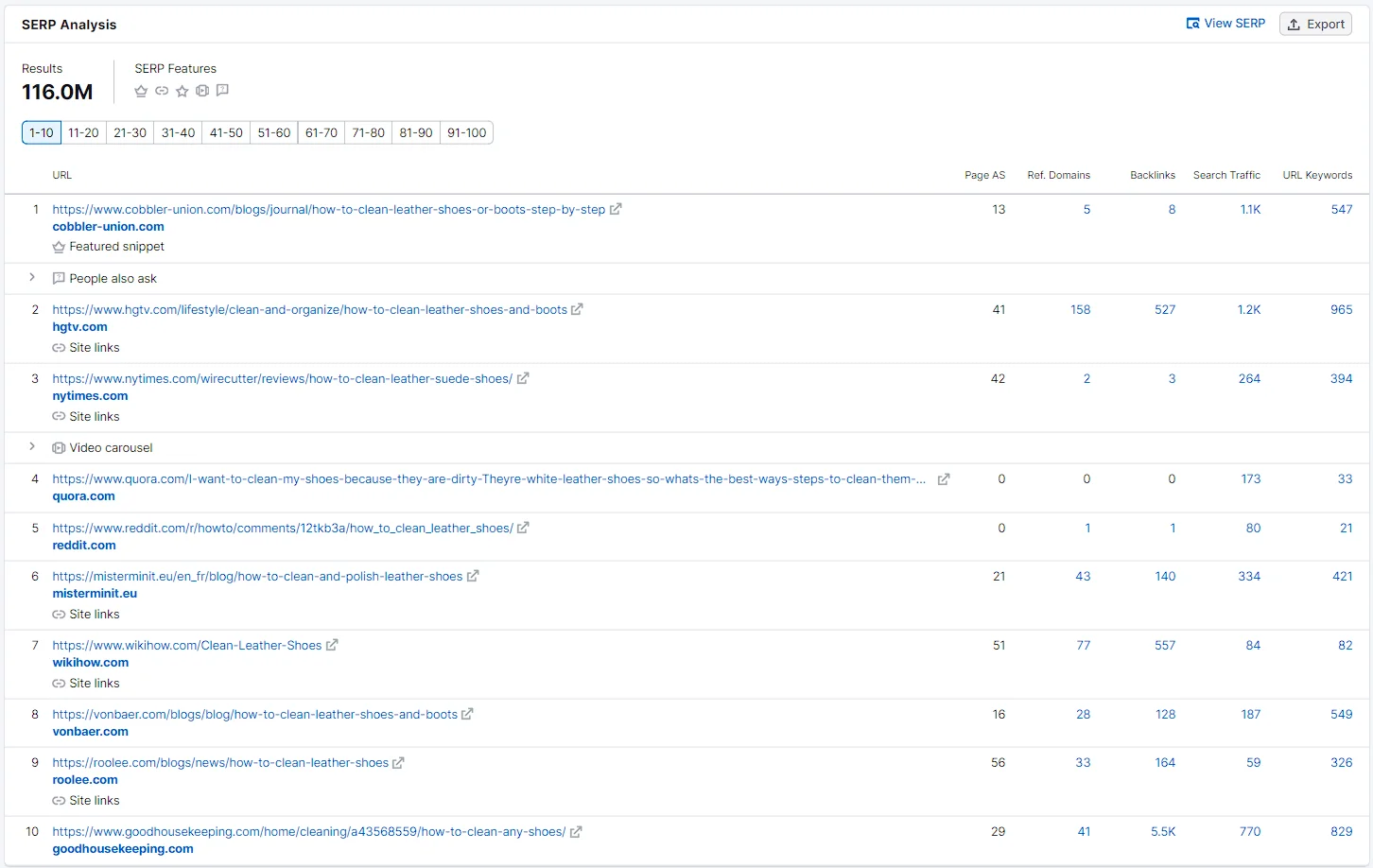
4. Research Your Topic - Find Excellent Mid-tail & Long-tail Keywords
In addition to finding mid-tail and long-tail keywords, you should check the most popular questions about your topic. Also, you need to understand what users are searching for and popular trends in search engines.
There are 2 great tools that we highly recommend to analyze trend and popular questions.
a. Glimpse
One of them is Glimpse, which is a great Chrome extension, that tracks every topic across the internet.
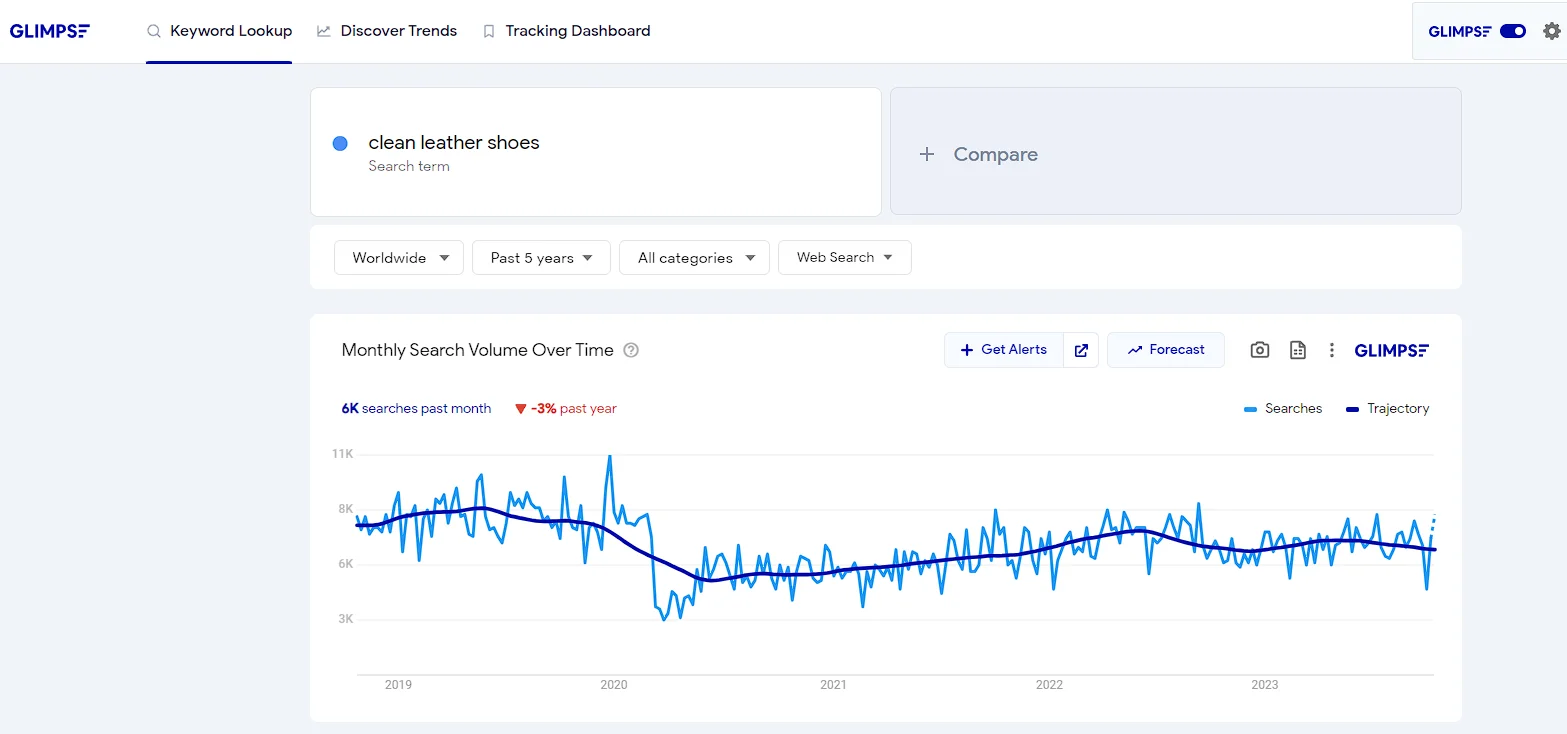
b. Answerthepublic
The second tool we use is Answerthepublic. It helps to figure out most popular questions, comparisons and volume data. It also visualizes all data it provides.
